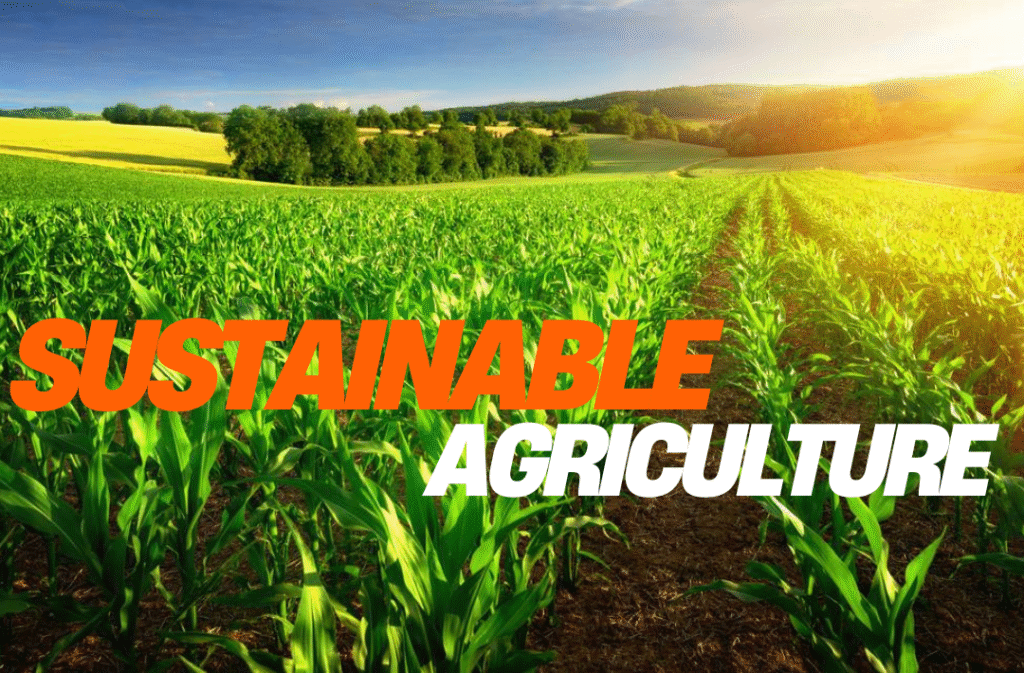
Take a moment to imagine a farm. What do you see? Long strips of a single crop? And the gentle whir of mechanically driven sprayers in the distance? Forget that. Now imagine a farm of intercropped plants, teeming with pollinators, the soil a dark, loamy, active, self-sustaining ecosystem, alive and filled with rich biodiversity. This is not a fantasy. This is the very tangible future that the National Mission for Sustainable Agriculture (NMSA) is trying to sculpt today. The NMSA is not a delicate, dusty tome buried in the bowels of a library. It is a vibrant, living document, one that is redefining the agriculture of the country from knowledge-light, input driven extractionto one that is knowledge dense and conducive to nurturing the ecosystem of the region.
The target, for long, has been “produce, regardless of the consequences.” The NMSA still has to contend with this legacy. Achieving food security has come with the transformation of farmers into indentured laborers, created lifeless soils, poisoned lakes and rivers and paths strewn with garbages. And this, my friend, is the Sustainable Agriculture. This framework for understanding agriculture still assumes that soil biota will be supportive. It is downside-up agriculture. It is not a freestanding, separate. Each farm, an integrated and self-sustaining system, within which every component adds to climate resilience, rather than detracts, increases.
The NMSA in Action: A Multi-Pronged Onslaught on Unsustainability
The mission operates like a skilled conductor, orchestrating a symphony of sustainable practices across the nation’s farmland.
• The act of Precise Micro-Irrigation: The NMSA showers water to crops roots using micro irrigation systems. With this shift of irrigation systems, water usage is reduced appreciably by 50%. It enables communities to construct rainwater harvesting systems to store water, allowing farmers to gather the bounty of the monsoon instead of letting it escape.
• It is Restoring the Life Supporting Systems: The mission prescribes the vitality which begins under the surface layer. It hands farmers a personalized diagnosis of the whole land under their cultivation by issuing Soil Health Cards, thereby shifting them from blanket chemical prescriptions to organic nutrition. difference between organic farming and natural farming It incentivizes the planting of green manure crops and the creation of vermicompost pits which helps bring life to the soil and the organic matter.
• It is Strengthening the Farm Against Drought: The NMSA is supporting the research and dissemination of new climate used to fund frameworks for crops facing drought, flood, and excess salinity. It promotes integrated farming systems so farmers can practice growing fish in paddy, intermingle fruit with grain, and woods. This variety of farming enables crops to bring multiple income streams so that the collapse of one crop does not impact the entire farming yield.
Demystifying the Green Jargon: A Active Voice Breakdown
Fundamentally, coming to this revolution means reframing one’s philosophy towards synthetic chemicals. This is often the case in the interface of farming and consumptions where one meets the elusive and powerful expressions of Organic and Natural Farming. It is important to understand the difference of natural farming and organic farming; it is the same as following the formula of a dish and appreciating the art of cooking.
Let’s actively dismantle the difference between natural and organic farming.
Organic Farming is a certified substitution system.
• It substitutes synthetic fertilizers and uses exogenous organic matter, for example compost, vermicompost and approved biopesticides.
• It creates a brand in the market, earning the right to define these standards as certified. This involves the rigorous process of certification to verify these standards.
• It is a managed farm, where tilling and the application of prepared organic matter to the soil is done to maximize the yields and optimize the ecosystem in a natural and caring framework.
Natural Farming behaves as a self-sustaining ecosystem.
• The farm will also create its own fertility. Jeevamrit (made from desi cow dung, urine, and jaggery) and protective soil mulches are other internal farming systems.
• There is no formal certification, but usually based on trust and transparency between farmer and consumer.
• No-till farming and soil biodiversity, as well as natural pest and land nourishment, are some of the fostering practices of wildlife.
Comparative Organic farming practices land management with organic means and Natural farming practices create systems for self land management. NMSA doesn’t play favorites. Following the path of interdisciplinarity, the NMSA provides the platform for understanding that different farmers have different approaches to sustainability.
Cultivating the Road Ahead
The path the National Mission for Sustainable Agriculture is paving is not without its ruts. Transitioning requires patience as ecosystems reset, demanding robust extension services to hand-hold farmers through initial yield dips. The mission must continue to forge stronger market links, confirming farmers who invest in these practices reap a financial reward that makes their effort worthwhile.
Yet, the momentum is undeniable. The NMSA is fundamentally recalibrating our relationship with the land. It is moving us from being conquerors of nature to its partners. By placing a bet on Sustainable Agriculture, and by clarifying the tools available like the difference between organic farming and natural farming, the NMSA is doing more than just securing our food; it is securing our water, our soil, our climate, and the very future of those who tend the earth. It is actively growing a legacy of abundance, one resilient farm at a time.
Read Also: Organic vs Natural Farming Which Method Truly Heals the Soil?
Pingback: Top Benefits of the National Mission for Sustainable Agriculture for Farmers in 2025 - KHABAR DARBAR
Pingback: The Role of the National Mission for Sustainable Agriculture in Climate-Resilient Farming -